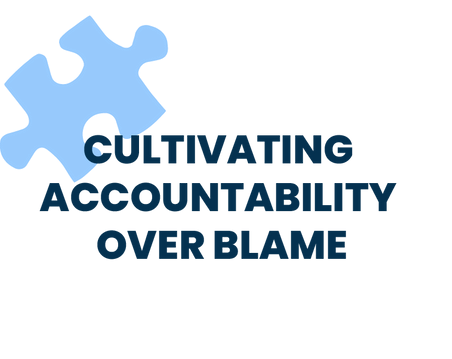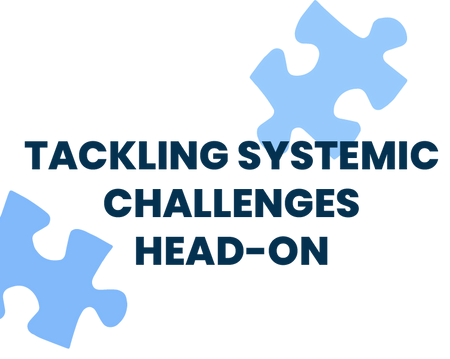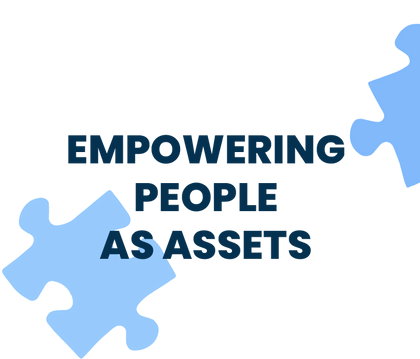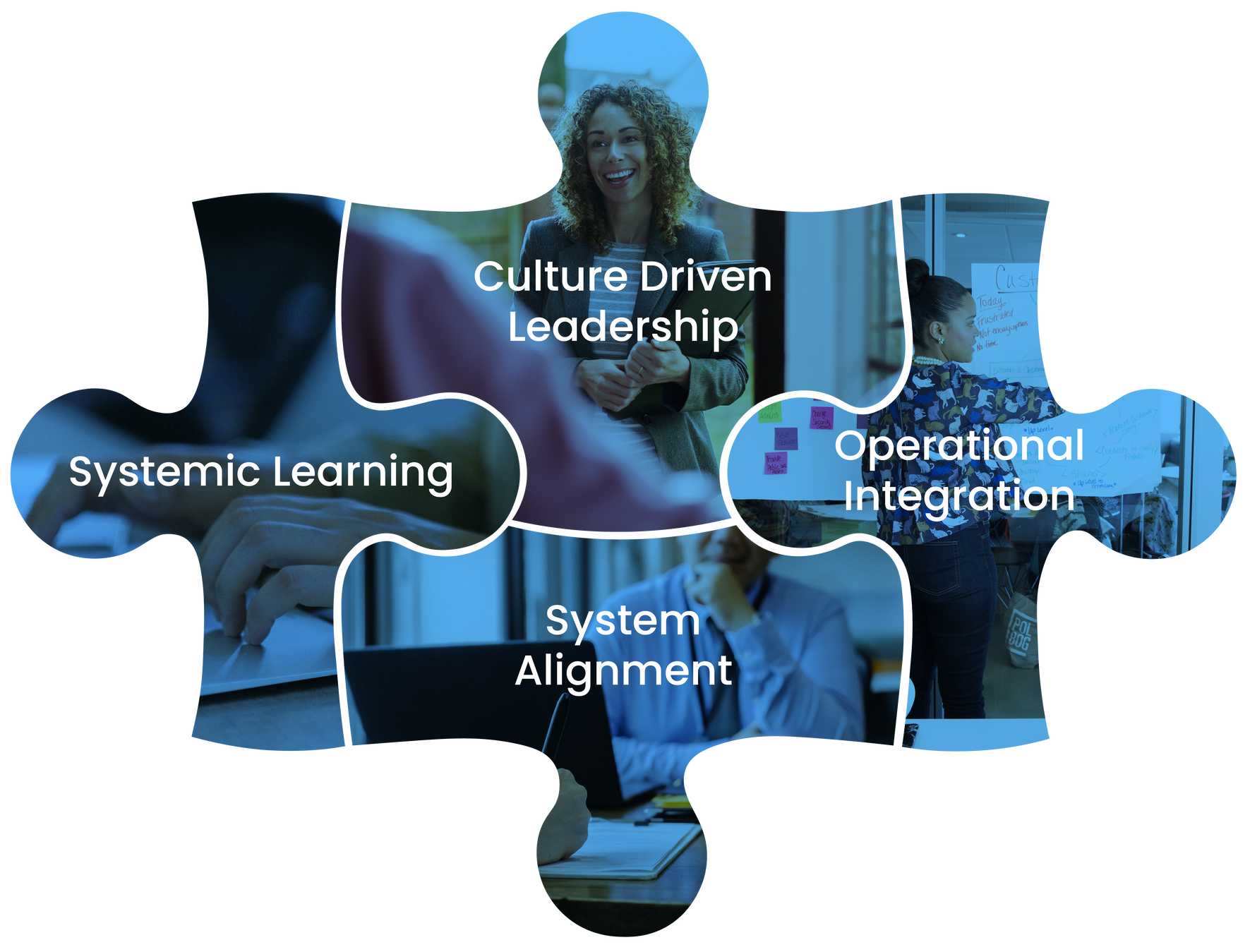Our Philosophy & Approach
Learn how we help transform organizations and their systems
The Collaborative Safety Model Explained
Our process and how it works
Many agencies are struggling with systems that are outdated and lack nuance. Which is why when faced with a failure of any kind, executives may be pressured to react by firing employees, writing new policies, or retraining staff. Instead of being stuck in outdated safety models of the past, we have developed a better way.
At Collaborative Safety, we empower organizations to work together and adopt safe systems of accountability. We believe people aren’t the problem, they’re the solution. The Collaborative Safety Model ensures everyone in your organization is equipped with the necessary tools for individual and organization success. Watch the video below for an overview of our approach or see it displayed below.
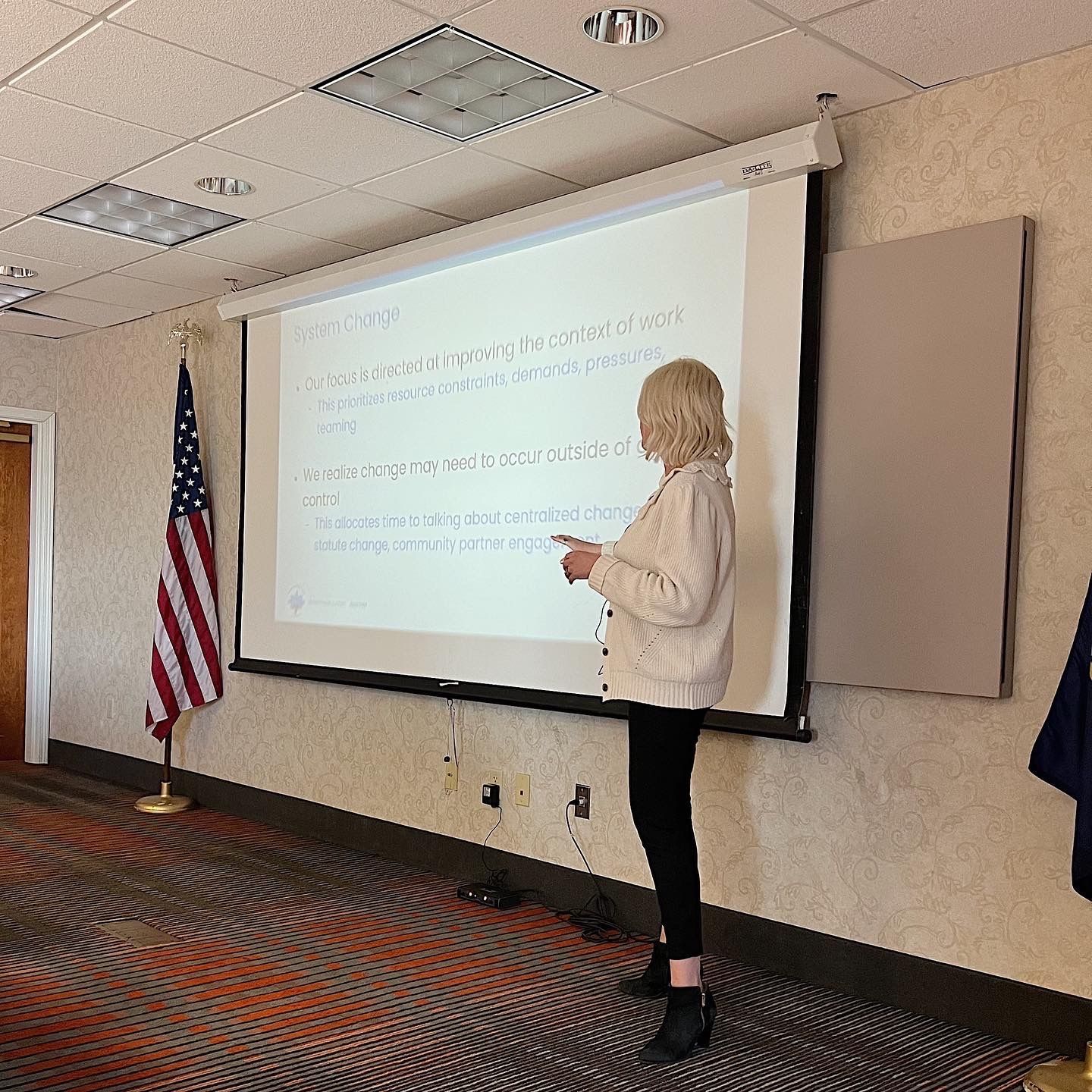
We Equip You to Make Three Transitions
to create a systemic and proactive culture of safety within your organization
Traditional approaches often point fingers at workers when organizational missteps occur, leading to punitive actions. However, this approach is counterproductive and doesn't promote true accountability. At Collaborative Safety, we support organizations to shift from this blame-driven paradigm. Our Collaborative Safety Model promotes organizational responsibility, ensuring that improvements are agency-driven rather than targeting individual employees.
Traditional corrective measures often center around imposing new rules, training sessions, or compliance checks on individual staff members, inadvertently increasing their workload and complicating processes. We believe that staff members are invaluable assets, and the key to enhancing safety lies in facilitating their work, not hindering it. By eliminating obstacles and offering supportive systems, we help staff contribute positively to organizational goals. Furthermore, we champion the idea that staff, with their unique insights and experiences, should have a voice in shaping safety measures, ensuring a more holistic and informed approach to safety.


